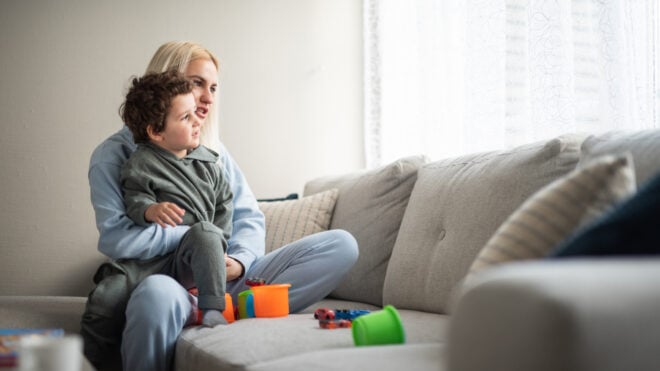Getting Sick
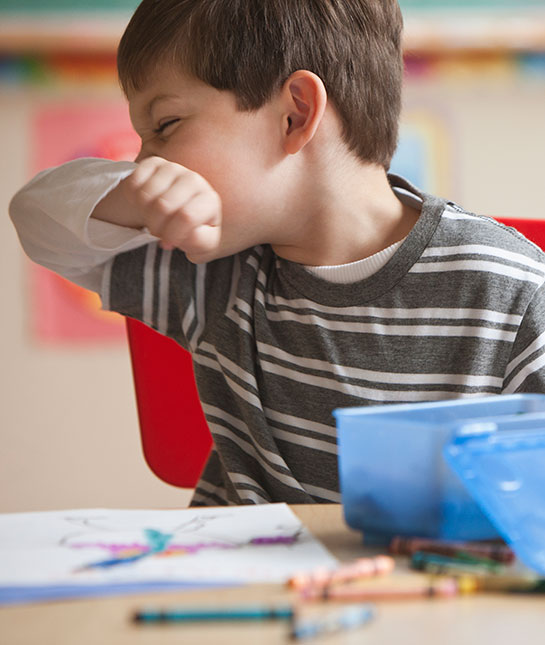
It all starts when your child complains of a sore throat. It doesn't look too inflamed, and conveniently, it happens to bother him on the same day as his spelling test. Do you let him stay home? Or do you risk dropping him off at school and infecting his classmates if he turns out to be contagious? To help you better identify when your kids are at their most contagious and have every reason to take a sick day, take note of some of these tips from the doc herself.
Flu Facts
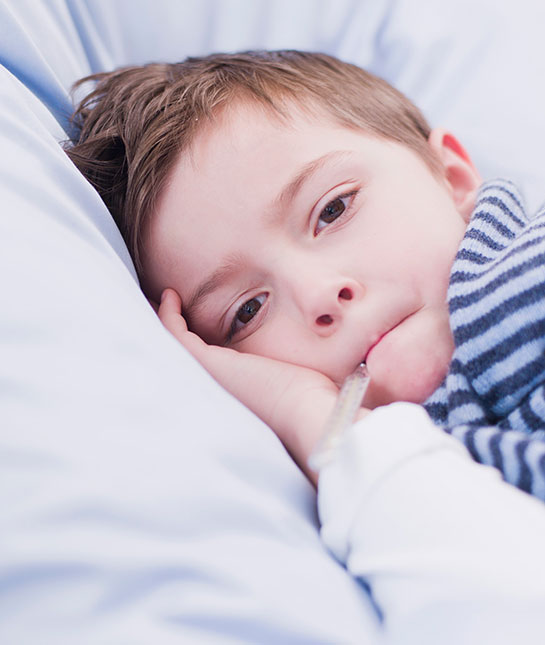
Unfortunately, you might be contagious even before knowing you have the flu virus. According to Healthline, you can be contagious one day prior to experiencing any symptoms and five-to-seven days after. And even when you're feeling almost back to normal, you shouldn't be too quick to assume you're 100 percent in the clear. "Once you start feeling a little better, you are probably becoming less contagious, but yes, you can remain contagious throughout the illness," says Dr. Karen Gill, MD, a pediatrician and Healthline contributor.
Tis the Season
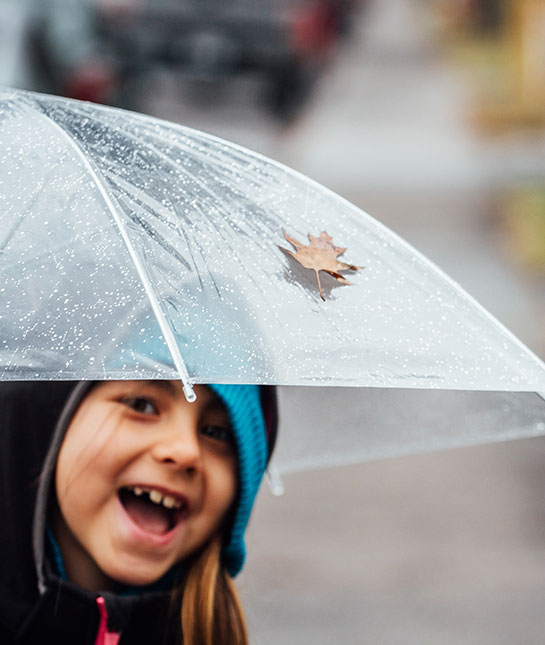
The season you're in is the first tell tale sign of what illness you may have and how contagious you might be. For example, according to these guidelines from Healthline, if it's between the months of October and April and the symptoms start gradually (such as sneezing, runny/stuffy nose, sore throat, cough or fever), you're likely contagious. If it's during the spring or fall, you may just be experiencing allergies, which aren't contagious despite their similarities to a cold's symptoms.
Cold Contagion
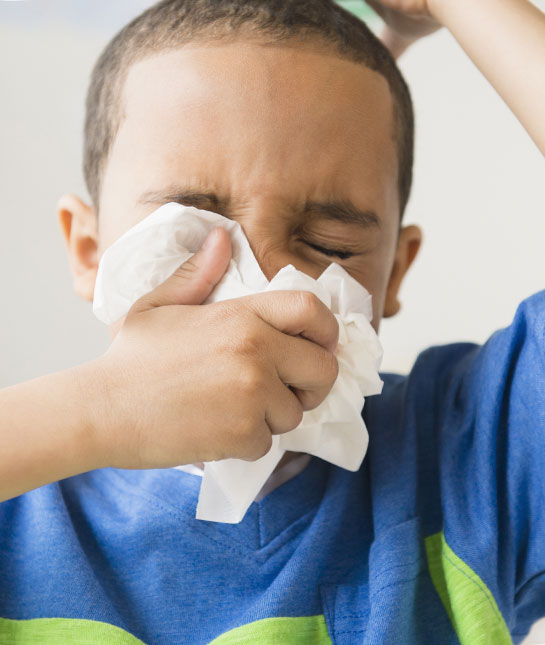
Getting through the winter without a cold is just short of miraculous. According to the U.S. National Library of Medicine, there are over one billion colds in the U.S. each year and over 200 different viral types. With colds you can be contagious up to seven days before the onset of any symptoms, according to Healthline—a key reason why no matter how hard you try to prevent the spread of viruses, they still spread, says Dr. Gill. And like the flu, it's advised that you wait until all of your symptoms are completely gone before resuming life as usual.
Don't Ignore
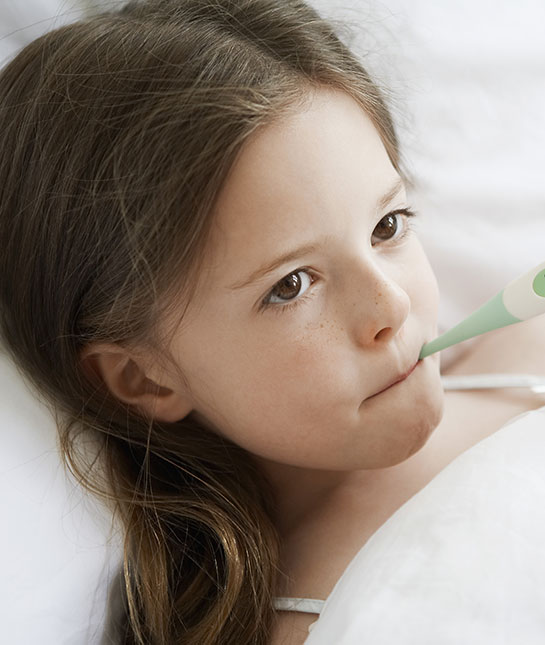
Viruses that cause fevers above 100.4° F are always a red flag, so let the fever's temperature guide you as far as when it's safe to release your kids back into the world. "For kids, we usually say when they have been without a fever for 24 hours and their symptoms are mild enough that they can participate in school activities they can return to school," says Dr. Gill. Also, for infants under 3 months old, a fever above this temperature should always prompt an immediate phone call to your pediatrician.
How to Mend
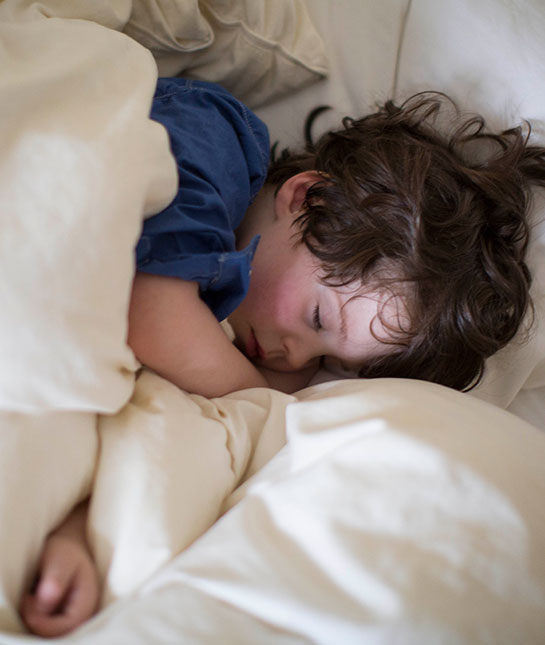
When you think you might be contagious, the only remedy is good 'ole R&R. For the flu, stay in bed (not that you'll be wanting to do much else) and drink plenty of caffeine-free fluids. And while you may feel silly letting your child stay home due to a cold, your child's teacher and classmates will thank you for it. If taking a sick-day isn't an option, have them wash their hands with soap and water regularly (the Center for Disease Control recommends spending at least 20 seconds for each hand-washing, which can be timed by humming the "Happy Birthday" tune twice); also, encourage them to sneeze or cough into a tissue or into their elbow (what Dr. Gill says is called the "Vampire Cough") and warn others not to get too close.
On Guard
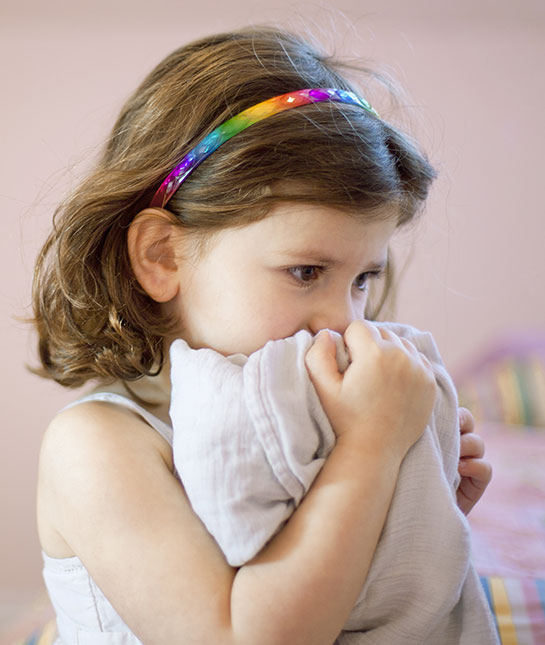
To protect yourself from getting others' contagious germs, the best practice is to simply do your best to refrain from touching your face. According to Healthline, the cold virus spreads through droplets of sneezes and coughs that land on surfaces. When you touch the surface and then inadvertently touch your face, it's only a matter of time before you become the next host. Dr. Gill also recommends not sharing drinking glasses, utensils or towels and that teens should never share make-up. Also, a recent sleep study from the National Library of Medicine found that adults who get less than six hours of sleep a night may be quadrupling their risk of getting a cold, so make sure you and your spouse are clocking in the recommended seven-to-eight hours of shut-eye.
Preventing the Spread at Home
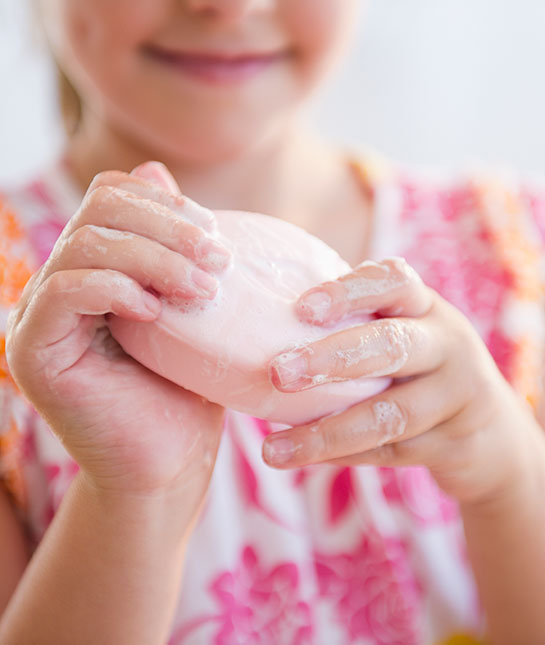
Having a sick child stay at home might put his school at less risk of a virus spread, but the same can't be said for your family. To keep the virus contained from spreading from brother to sister to mom to dad as best as you can, Dr. Gill recommends behaving just you would in public places by paying extra attention to the cleanliness of your hands. "Wash your hands often. Try not to touch your face often and wash your hands if you do," she suggests. "Also, clean the bathroom and kitchen, especially areas where you prep food, and other surfaces you touch frequently with soap and water or disinfectant cleaning products." Unfortunately, since you are usuallycontagious before you know you have the virus, isolating the sick individual may not help, she notes, so the best you can do is to keep your home as clean as possible.
Higher Risk Candidates
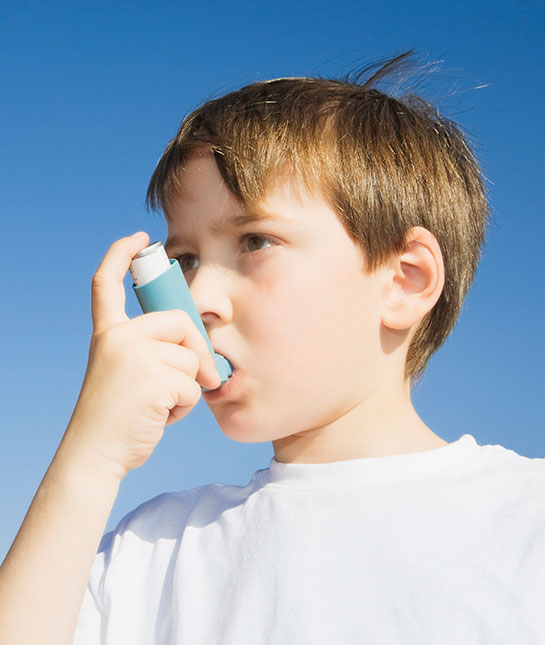
While children with respiratory problems, such as asthma, or with compromised immune systems aren't more contagious or contagious for longer periods than other kids, Dr. Gill notes that they may be at higher risk. In other words, they might have a more severe reaction to a cold or flu and it may take longer for them to recover. If your child falls into this category, try to be patient if it's taking longer than the typical week to recover. However, the general rule of thumb is to consult a physician if symptoms persist or do not improve after 10 days, according to the U.S. National Library of Medicine.
Beyond Colds & Flus
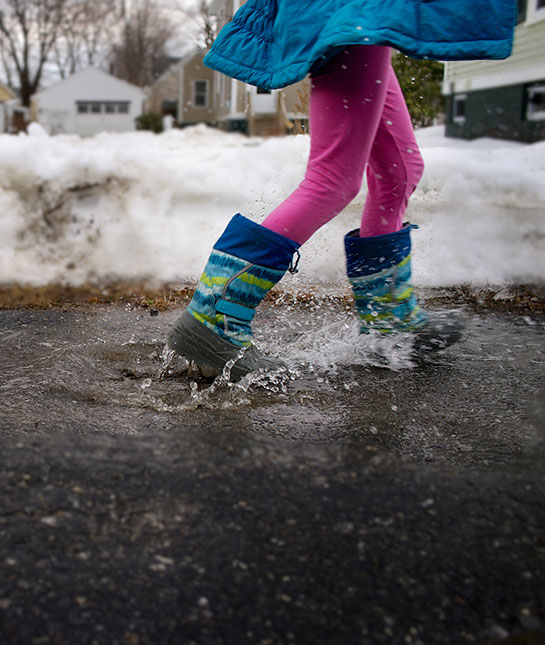
For other childhood illnesses, determining when someone is contagious or not is usually "educated-guessing at best," says Dr. Gill. However, here are some general timeframes to consider. For strep throat, Dr.Gill says children can typically return to school after 24 hours on antibiotics. For conjunctivitis (commonly known as Pink Eye), it depends on the cause. "With bacterial conjunctivitis, for which antibiotic drops are prescribed, you can return to school after 24 hours of treatment," says Dr.Gill. "But for viral conjunctivitis, which is the most common type, the recommendations are the same for treating a cold." She also notes that allergic conjunctivitis isn't contagious. When it comes to pneumonia, most cases aren't that contagious, though the cold and flu viruses preceding them can be. "Generally,when the fever—if any—is gone and the child feels better, they can return to school," says Dr. Gill.



